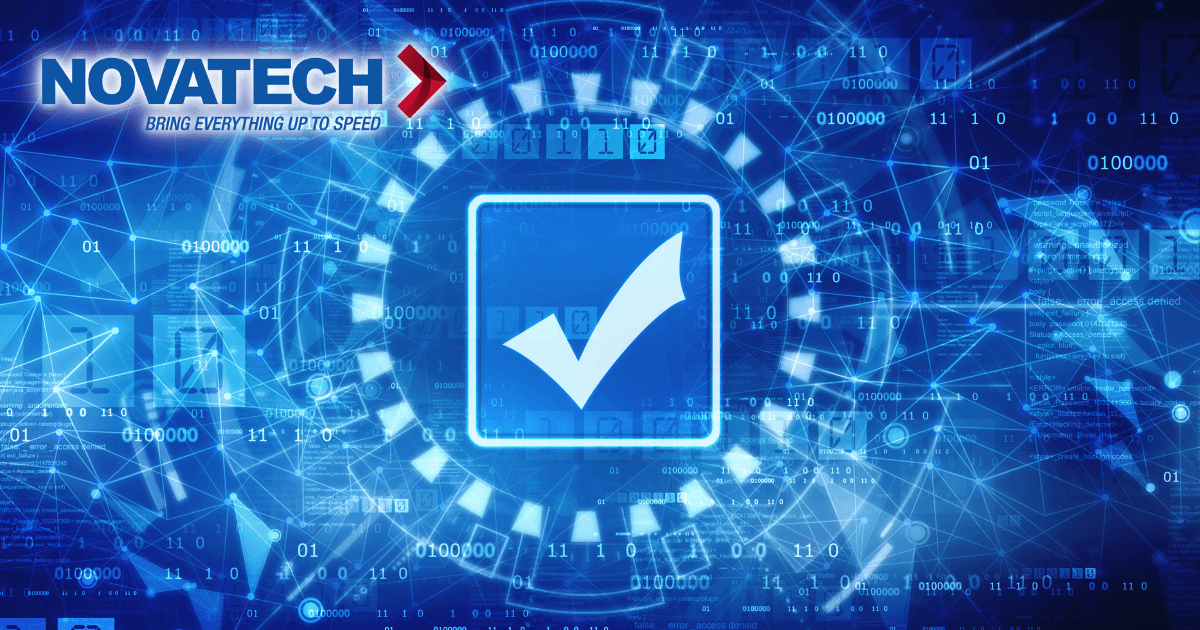A Cybersecurity Checklist for Modern Businesses
4 min read

Small business owners used to be able to keep their information safe with just a firewall and an antivirus program, but that was a long time ago. The cyberthreat environment changes quickly, almost as fast as information technology does. Hackers are often able to take advantage of flaws in hardware, software, and networks long before developers are aware of them. Because of this knowledge of hackers, modern IT departments no longer try just to stop cyberattacks. It is assumed that all systems are always at risk, so cybersecurity now focuses on monitoring, responding, and reducing the damage.
Computer science historians think that the discovery of the CodeRed worm in 2001 was a turning point in cybersecurity. This is because it was at this time that it became clear that cyberattacks were inevitable, and it was also when businesses began to seriously plan for disasters. Back in the 1990s, a cyber security assessment was a short list with just two items: antivirus and firewall.
Today, the cyber threat environment and the highly sophisticated ways that cyber criminal groups work mean that we need a more detailed checklist that includes the following items:
Known Risks and Vulnerabilities
A modern IT security checklist should include an analysis of all possible vulnerabilities and ways to fix them. This is in addition to the idea that every endpoint is a possible attack vector. One example would be versions of Microsoft SQL. A server that doesn’t have the latest patches, or one keeping lists of usernames and passwords in plain text files can be especially vulnerable.
Along with this checklist item, there should be a program in place to manage vulnerabilities.
Network, System, and Physical Protection
Before they can be added to a network, all endpoints must be found and properly secured. Every piece of hardware that connects to the network should have reasonable physical protection. There needs to be a program to install patches and updates, and group policies need to be looked at every so often.
Incident Response Program
As previously mentioned, small business owners should think along the lines of how they will react to cyber-attacks instead of how to prevent them. For incident response policies to work, they need to set roles and procedures based on what has been learned. There also needs to be a plan for dealing with disasters that focuses on keeping business going. Compliance with regulations can’t be ignored when looking at how a business should handle cybersecurity problems.
Safeguards for Privacy
After making sure that the basics of data security are working, the next step is to look at the internal privacy controls. Data retention policies must be reviewed along with other recordkeeping practices. For information to stay private, all staff members need to be on the same page about internal rules.
Tools for IT security
Even though this part of the checklist can be very different for each business, the following tools are now a must:
- Make sure network connections are safe, especially if you let people work from home.
- Private networking on the Internet (VPN).
- Email servers are safe.
- Encryption and testing of the restore and recovery functions in the data backup routines.
- Automatic reporting of security incidents.
- Endpoint detection response system.
- Tool for keeping an eye on a network.
- Internet security suite complete with an antivirus scanner and content filtering utility.
Small business owners may not be able to implement and manage all the above tools on their own, especially if they can’t afford to hire an IT department. In this case, managed cybersecurity services like the ones offered by Novatech are more effective.
A small business could hire a managed service provider to keep an eye on its security 24 hours a day, 7 days a week. The managed service provider could set up a dedicated security monitoring system to make sure the business is following all regulations, internal policies, and procedures while keeping all data safe.
Security for the whole business
Cybersecurity is a modern business process that requires everyone who works with data to work together. In order to do this, there should be a general security program, and it should cover things like:
- Responsibility of the visitor.
- Training on how to spot attempts to “phish” you.
- Know how hackers often try to trick people into giving them information.
- Regular audits that check the physical security of all hardware and all networks on-site.
- Use authentication with more than one factor (MFA or 2FA).
- Tight management of programs like “Bring Your Own Device” (BYOD).
In the end, business owners should remember that security is a shared responsibility, and a provider of cybersecurity services is the best person to share it with.
Contact Novatech as soon as you can if you want to find out more about the IT security services we offer. We are a partner to many businesses who insist their IT is protected from modern threats in the IT space.


